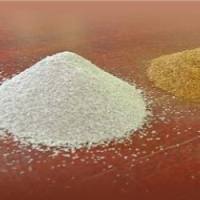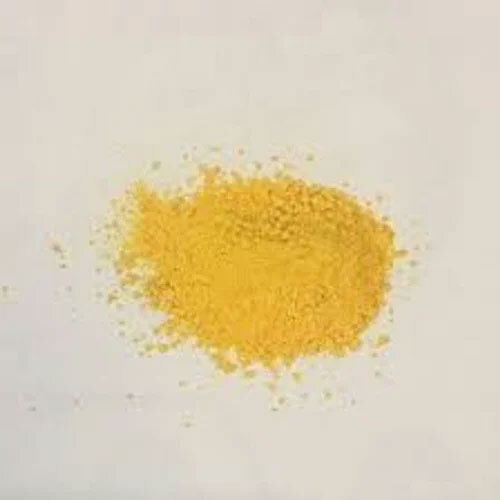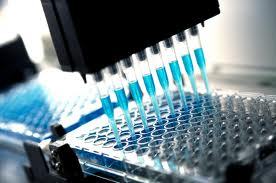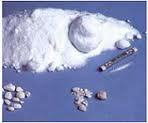Carrageenan Gum
Product Details:
- Shelf Life 1-3 Years
- HS Code 300490
- CAS No 147-71-7
- Purity(%) 98%
- Physical Form Powder
- Click to View more
Carrageenan Gum Price And Quantity
- 25.00 - 50.00 INR/Kilograms
- 25 Kilograms
Carrageenan Gum Product Specifications
- 147-71-7
- 98%
- Powder
- 300490
- 1-3 Years
Carrageenan Gum Trade Information
- Cash in Advance (CID) Cash Advance (CA)
- 1000 Kilograms Per Day
- 7 Days
- Australia North America Eastern Europe Middle East Africa Western Europe Central America South America Asia
- All India
Product Description
Carrageenan gum is a naturally occurring marine polysaccharide extracted from seaweed. These are dietary fibers that dissolve in water. Carrageenan is a great alternative to gelatin and other animal-based thickeners.
Technical specification
- Viscosity (water sol 1.5 % at 75º C): 30 to 300 cps
- Viscosity (water sol 1.5 % at 75º C): 30 to 300 cps
- Melting Point: 50 to 70º C
- Setting Point: 30 to 50º C
- Solubility: Water at 85ºC
How does it work:
A thickener, stabilizer, and emulsifier, carrageenan helps keep mixed ingredients from separating in food and other products. Jelly, pie filling, salad dressing, chocolate, and even processed meat contain carrageenan.
Applications Or where it is used:
The carrageenan gum helps to form gels in frozen dough. Adding carrageenan gum to bread will reduce its lightness. Bakery products usually contain 0.01-0.1% carrageenan gums. The concentration of carrageenan gum in icing or sauces is usually 0.25 to 0.25 %.
Manufacturing process:
Red seaweeds of the families Gigartinaceae, Solieriaceae, and Hypneaceae are used to extract carrageenan. Carrageenan extract is manufactured by removing unwanted material from dried seaweed and extracting it using hot alkaline under agitation to disintegrate the plant material.
How to use:
There are many uses for gellan gum. As a gelling agent, gelatin gives desserts a creamy texture, gives baked goods fillings a jelly-like consistency, and prevents some delicacies, such as creme brûlée or flaming sorbet, from melting. In addition to its use in soft drinks and juices, gellan gum is sometimes used to stabilize supplemental nutrients like calcium, ensuring they stay mixed into the beverage instead of pooling at the bottom.
Side effects:
The presence of carrageenan in the body has been linked to chronic illnesses such as arthritis, diabetes, digestive disorders, heart disease, neurological disorders, and even cancer. Since carrageenan has no nutritional value, eliminating it from your diet is not harmful.

Price:
- 50
- 100
- 200
- 250
- 500
- 1000+










 : nilesh.sheth70
: nilesh.sheth70
